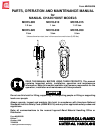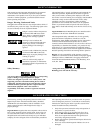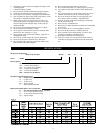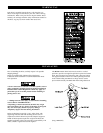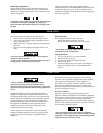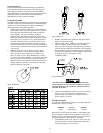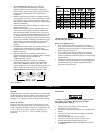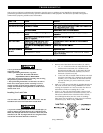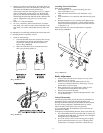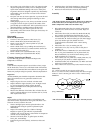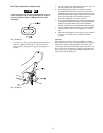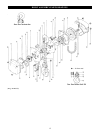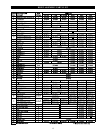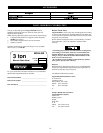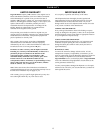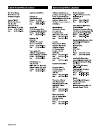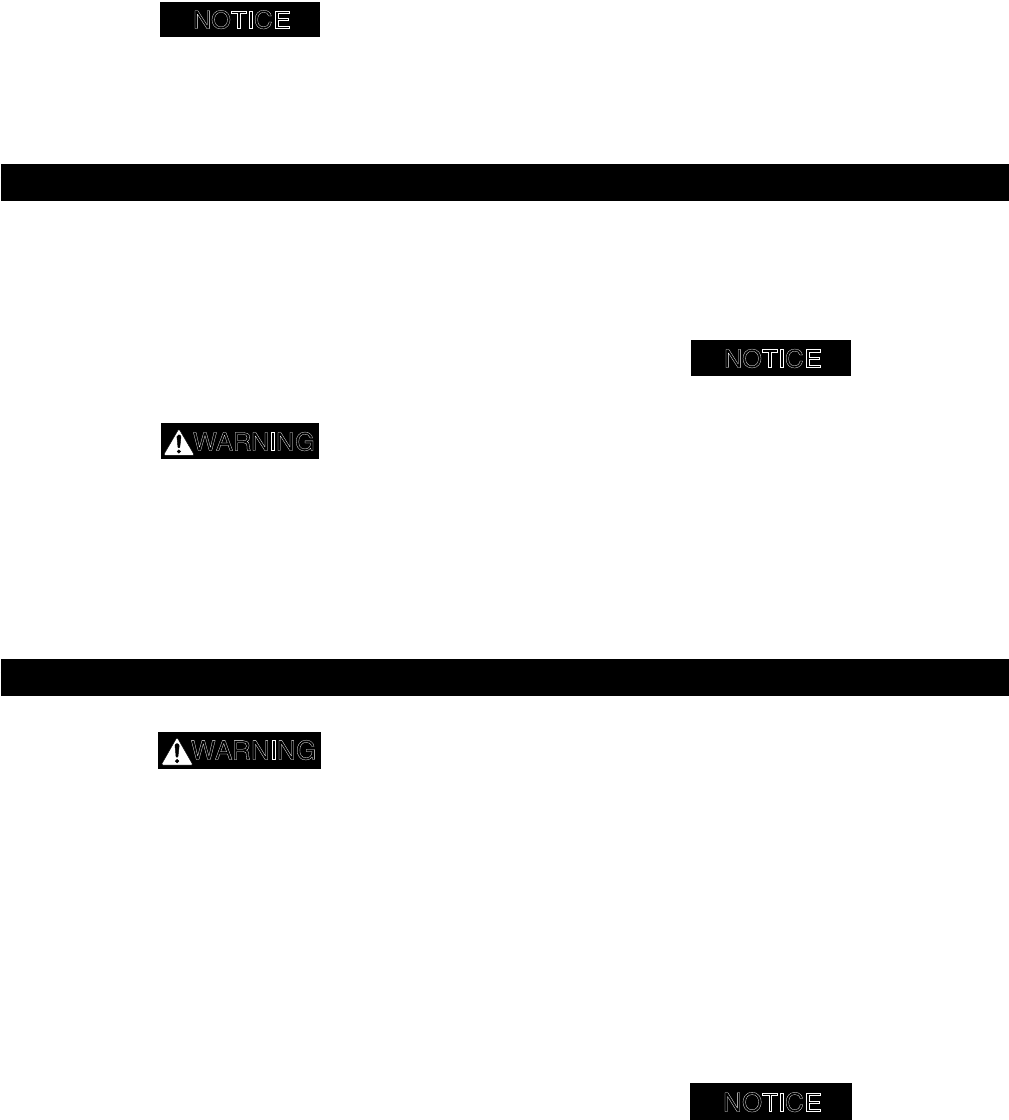
5
Initial Operating Checks
Operate the hoist with a test load (10% of rated capacity) by
raising and lowering this load several times. Verify the brake
operation by lowering the same load to check load does not slip
when lowering stops.
NOTICE
• Each time a load is lifted, the operation of the brake should
be checked by raising the load slightly and stopping to
ensure the brake will hold the load before proceeding to lift
the load.
Familiarize operators and people responsible for hoist
installation and service with ASME B30.16 specifications prior
to placing the unit into service. All the requirements of this
specification, including testing should be met before approving
the hoist for operation.
The four most important aspects of hoist operation are:
1. Follow all safety instructions when operating the hoist.
2. Allow only people trained in safety and operation of this
hoist to operate the hoist.
3. Subject each hoist to a regular inspection and maintenance
procedure.
4. Be aware of the hoist capacity and weight of load at all
times.
WARNING
• Only allow personnel trained in safety and operation of
this hoist to operate the hoist.
• The hoist is not designed or suitable for lifting, lowering or
moving persons. Never lift loads over people.
Hoist Operation
When facing the hand chain side of the hoist:
Rotate hand chain clockwise to raise load.
Rotate hand chain counterclockwise to lower load.
NOTICE
• The clicking sound of the pawl on the ratchet gear is
normal when a load is being raised.
Storing the Hoist
1. Always store the hoist in a no load condition.
2. Wipe off all dirt and water.
3. Oil the chain, hook pins and hook latch pins.
4. Hang in a dry place.
5. Before returning hoist to service follow instructions for
Hoists not in Regular Service in the “INSPECTION”
section.
OPERATION
INSPECTION
WARNING
• All new, altered or modified equipment should be
inspected and tested by personnel trained in safety,
operation and maintenance of this equipment to ensure safe
operation at rated specifications before placing equipment in
service.
Frequent and periodic inspections should be performed on
equipment in regular service. Frequent inspections are visual
examinations performed by operators or service personnel and
include observations made during routine equipment operation.
Periodic inspections are thorough inspections conducted by
personnel trained in the safety, operation and maintenance of
this equipment. ASME B30.16 states inspection intervals
depend upon the nature of the critical components of the
equipment and the severity of usage.
Careful inspection on a regular basis will reveal potentially
dangerous conditions while still in the early stages, allowing
corrective action to be taken before the condition becomes
dangerous.
Deficiencies revealed through inspection, or noted during
operation, must be reported to designated personnel trained in
safety, operation and maintenance of this equipment. A
determination as to whether a condition constitutes a safety
hazard must be decided, and the correction of noted safety
hazards accomplished and documented by written report before
placing the equipment in service.
Records and Reports
Inspection records, listing all points requiring periodic
inspection should be maintained for all load bearing equipment.
Written reports, based on severity of service, should be made on
the condition of critical parts as a method of documenting
periodic inspections. These reports should be dated, signed by
the person who performed the inspection, and kept on file where
they are readily available for review.
NOTICE
• The external placement of coded marks on equipment
identifying completed inspections and operationally certified
equipment is an acceptable method of documenting periodic
inspections in place of written records.



